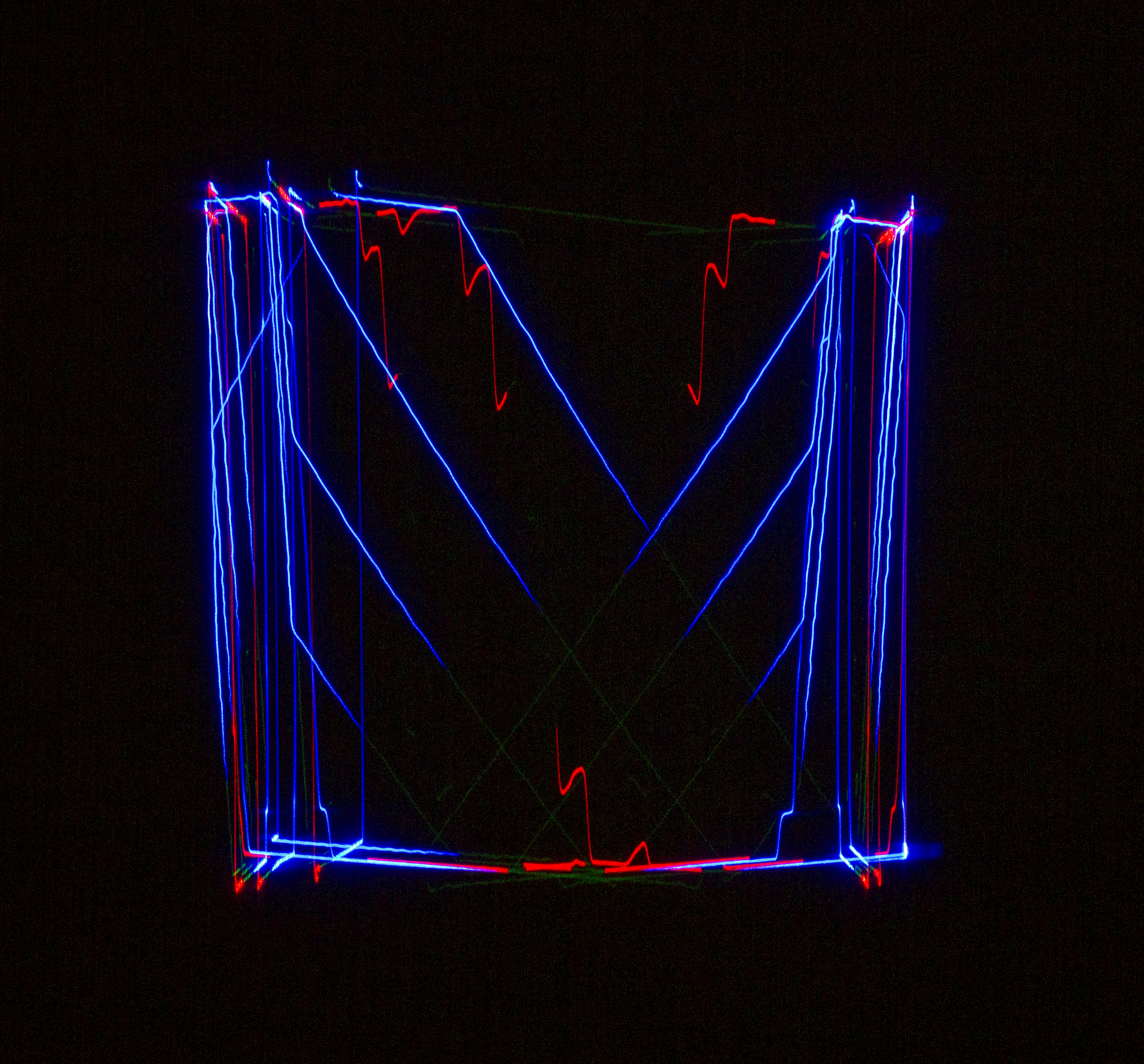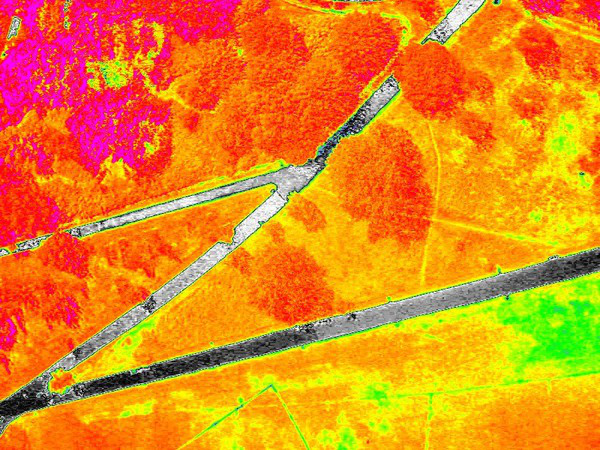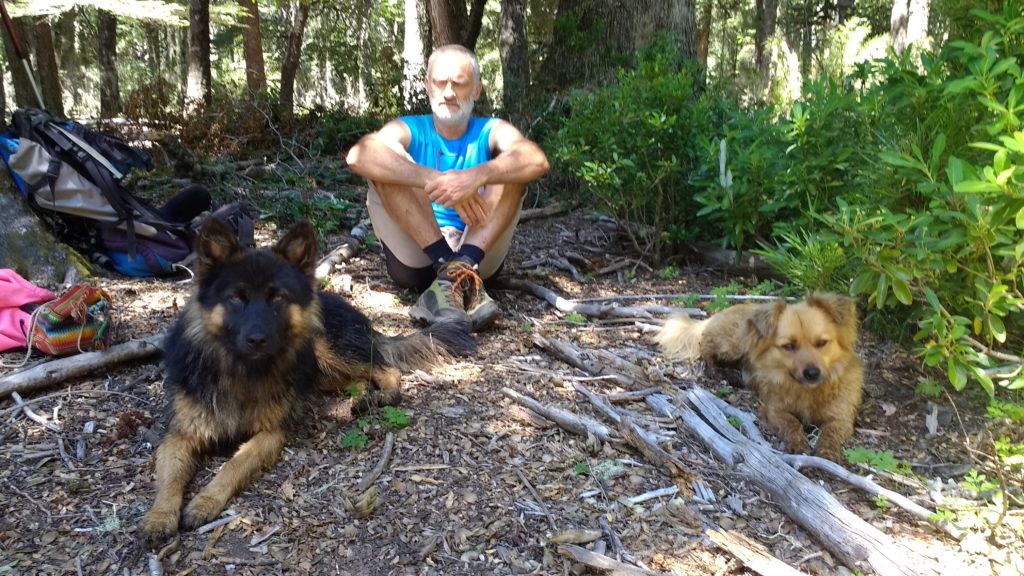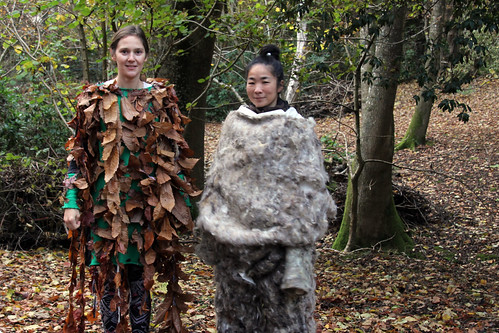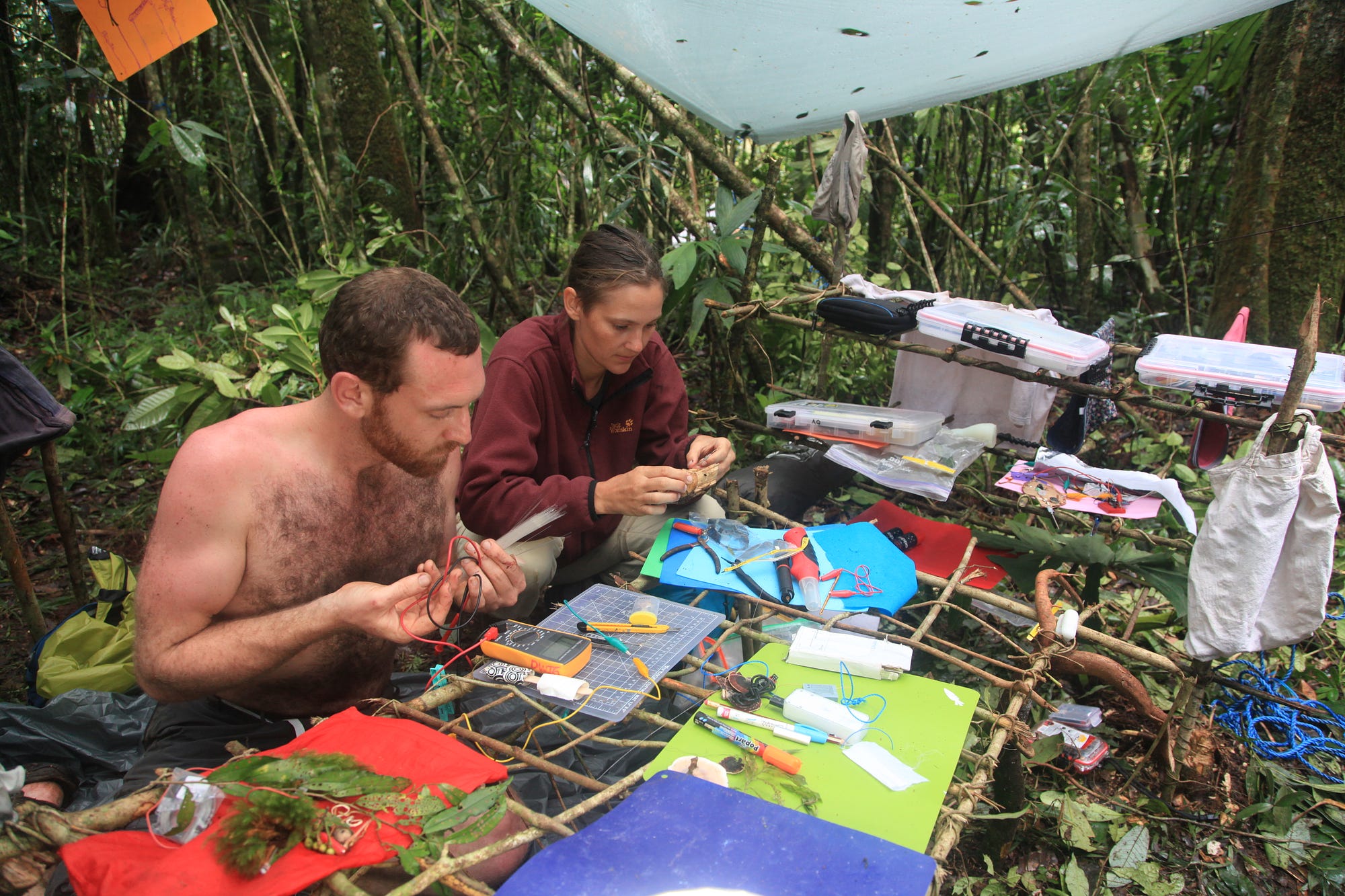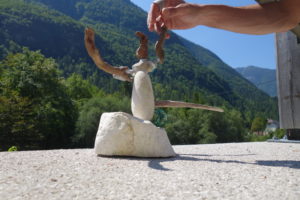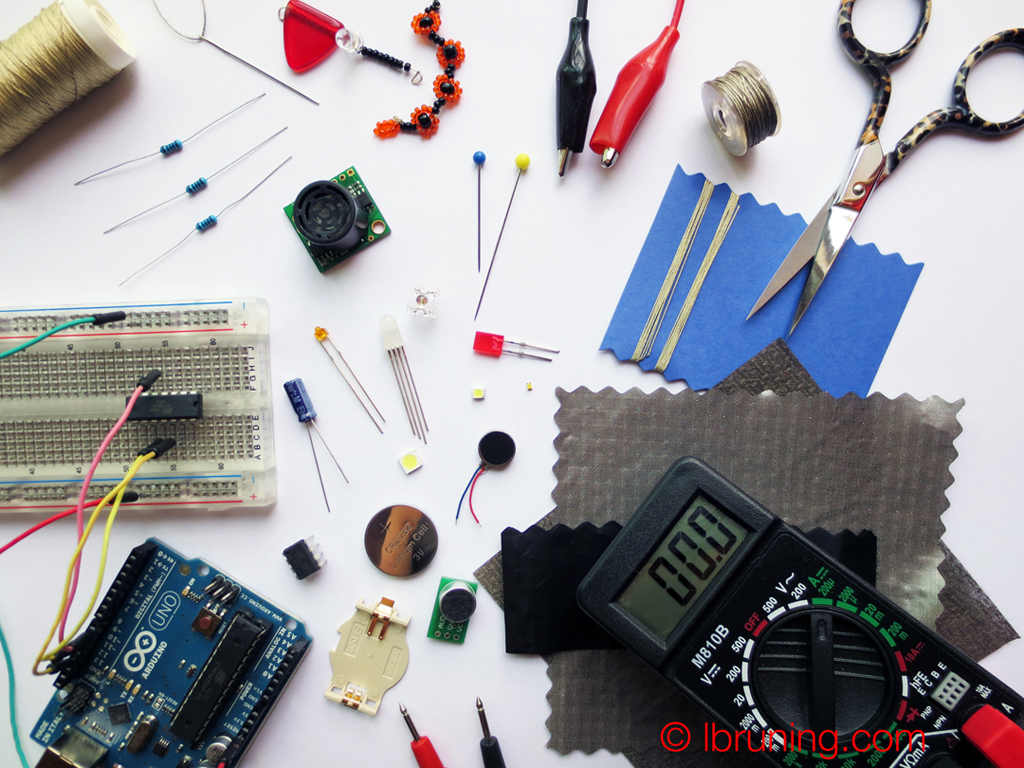The goal of this project by Staša Guček will be to create small, efficient, portable solar power plant from plants for all noise fans, hikers and hackers. P/i\Fcamp Solar Power Plant will be able to power a microcontroller, LED lights controlled by touch or maybe even a small noise machine, synth, theremin to noise away in the forest or on the mountain top.
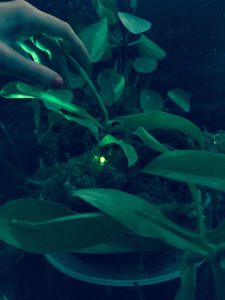 P_lant (or Microbial) F_uel C_ell will be the source of electrical energy which will with boost converter power different preprogrammed microcontrollers or other devices.
P_lant (or Microbial) F_uel C_ell will be the source of electrical energy which will with boost converter power different preprogrammed microcontrollers or other devices.
First we will jump into the forest undergrowth of the valley where Soča River flows and gather moss, plants and suitable soil which will be our base for microbial fuel cell (MFC). Microbial fuel cell is one of the renewable energy alternatives that generates electricity through breakdown of organic matter. Plants always produce more sugars than they need and the excess is released through their roots into the soil and dissolve into protons and electrons, therefore MFC system with electrodes in the soil can catch the plant waste.
In the next step we will built simple low-power boost converter, therefore we will be able to get enough energy to power microcontrollers. Later we will have to show (off) our programming skills in Arduino, program microcontrollers (ATtiny) and make this plant-moss-light installation interactive, sensitive to touch or use it as a battery for our synths and other instruments.
Last part will be for optimisation of the P/i\Fcamp Solar Power Plant, so that it will be wearable and portable (and we can hike to nearest mountain and make some noise above 2.000 m.)
